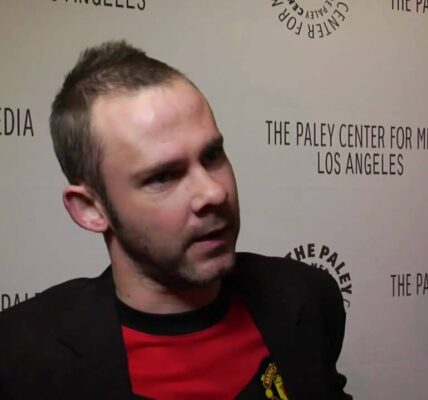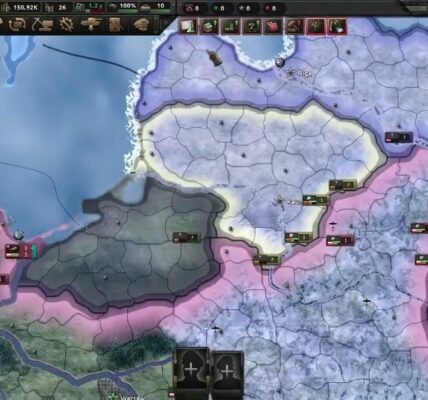Heart Of The Matter – Cover Feature, Issue 17
The fact that it’s been 15 years since British writer/director Philip Ridley’s last cinematic outing (The Passion of Darkly Noon) isn‘t the only reason why there has been a growing sense of anticipation about his latest film, Heartless. That it was filmed entirely in East London, a locale rarely seen on the big screen, is interesting enough; that it transforms the Capital’s streets into a visually stunning background for a gripping urban fairy tale has had audiences buzzing ever since it appeared on the festival circuit last year. Add to the mix that it was filmed in high definition on a miniscule budget, and that it is the first British film to receive a simultaneous multi-platform release, and Heartless becomes a fascinating prospect indeed.
The film tells the story of Londoner Jamie (Jim Sturgess) who, following the death of his father, has become increasingly withdrawn; a condition not helped by the fact that he has a large heart-shaped birthmark across his face which makes him painfully self-conscious. When Jamie begins to see demons roaming the streets and causing random acts of violence, he begins a journey that will take him into the depths of the city-and his own psyche. Although it’s Jamie’s descent into hell that drives the narrative, it’s the mesmerising visuals that make the film so unforgettable.
“Philip [Ridley, the film’s director] was always very clear that this was the East End as a magical landscape,” DoP Matt Gray reveals. “He talked about wanting it to be beautiful and terrifying. The colour palette is based on an urban reality, and we just took it to extremes in various parts of the story so it became much more expressive, with a magical realist quality. The sodium colours that are in the street lamps all become vibrant and flame-like, and the greens of the fluorescent tubes become very deep and rich, and the two collide at the dramatic moments. We went for a baroque feel, vibrant and intense.
Indeed, anyone who has seen Heartless will know that the East End has never looked so good but, ironically, it was this location that caused the biggest headache when it came to getting the project off the ground in terms of funding. “I’ve never seen East London as this grey, dour, depressing place,” explains Philip Ridley. “I’ve always seen it as this twinkling, burning landscape. When I went into meetings with financiers they said, ‘It’s going to look like Holby City, it’s going to look grey and boring!’ And I basically had to do a storyboard of photographs for the whole film, to say ‘Look, the opening is going to look like this; when Jamie crosses the road, don’t think of Ross Kemp in Eastenders crossing Albert Square!’ I took something like 200 photographs that went through the visual look of the film. And when people started to see it like that they said, ‘OK if you can achieve that then we’re really interested.’”
For both Gray and Ridley, the only way to achieve this intense cinematic look was by shooting Heartless in high definition. “We used the Panavision Genesis,” says Gray. “One of the reasons we were keen to go down that route is that we could shoot in lower light levels. Most of those urban street exteriors were shot with available light. It was also quite interesting because Philip had never shot with high definition before, but he fell in love with it during the process. And then with all the post-production afterwards, which since he’d last made a film had come on leaps and bounds, he got in there and was tweaking colours and lighting in the backgrounds. It was another palette for him.”











